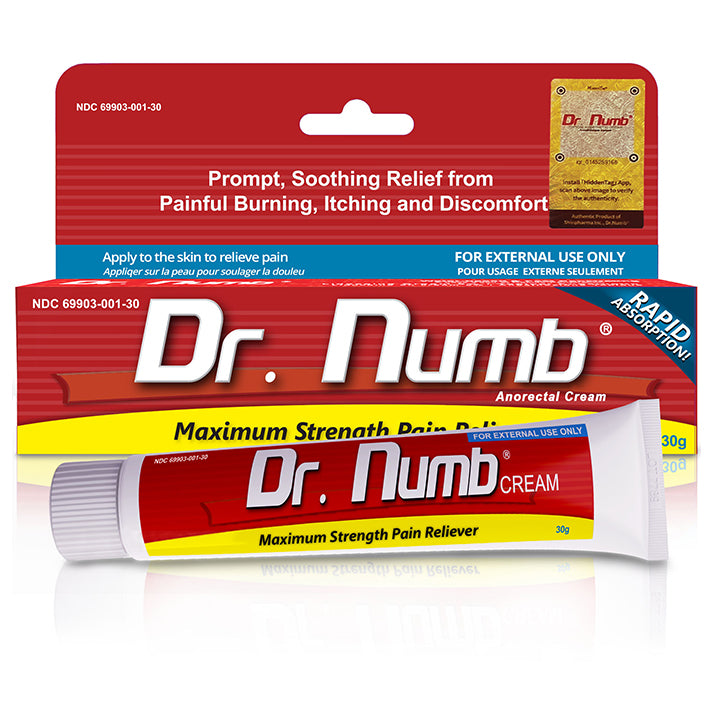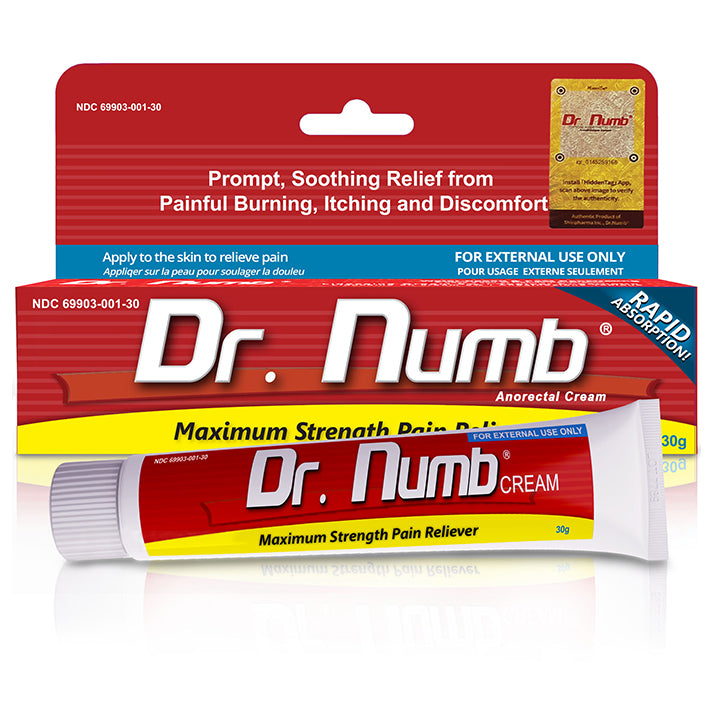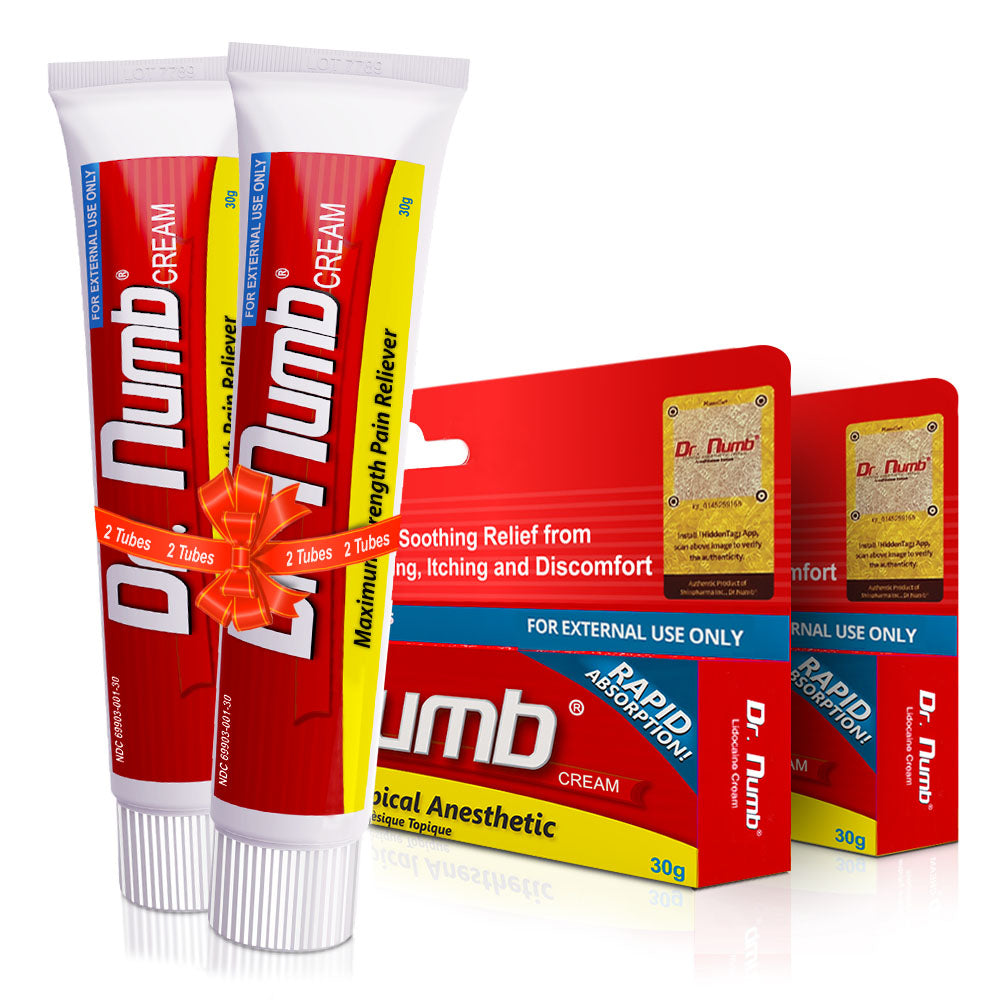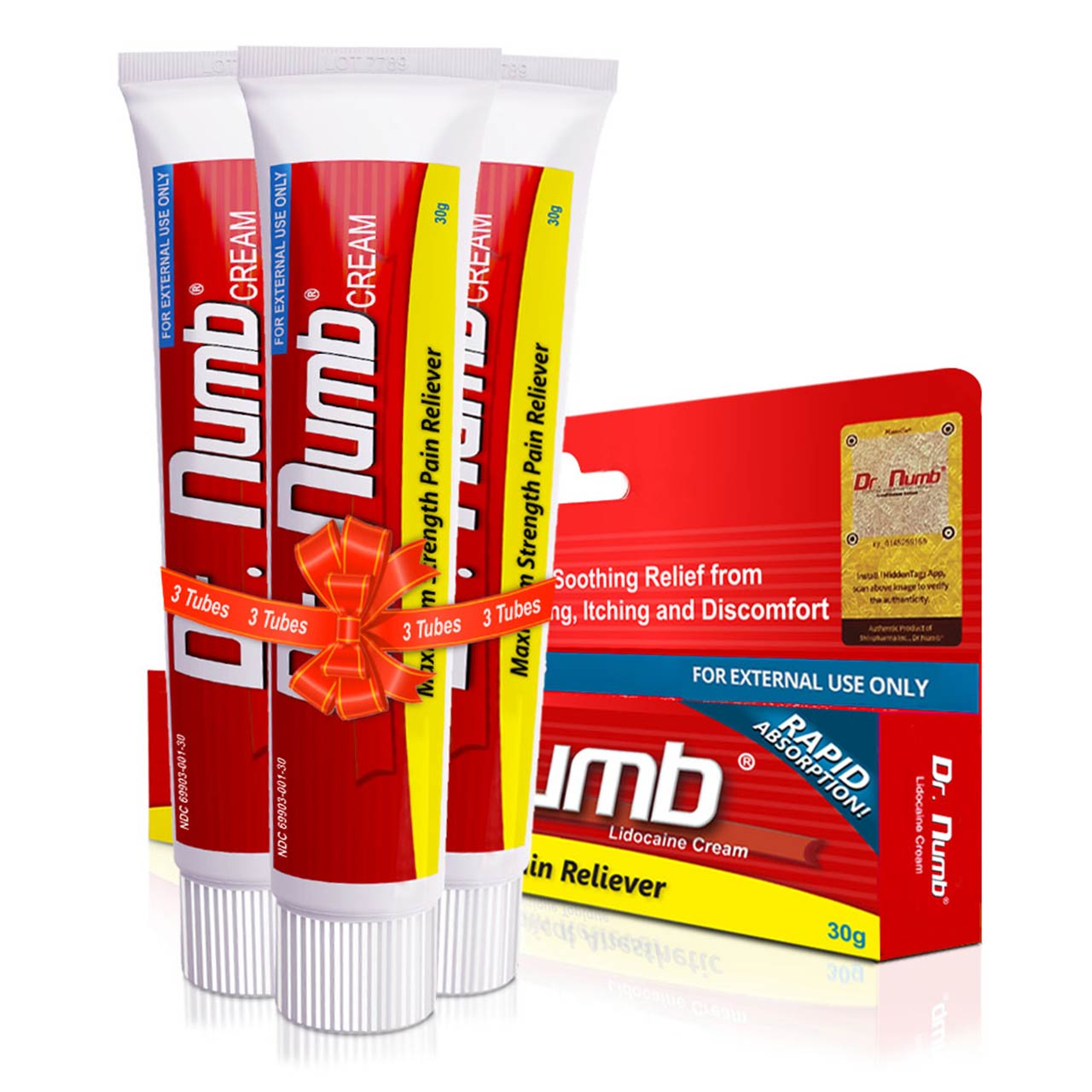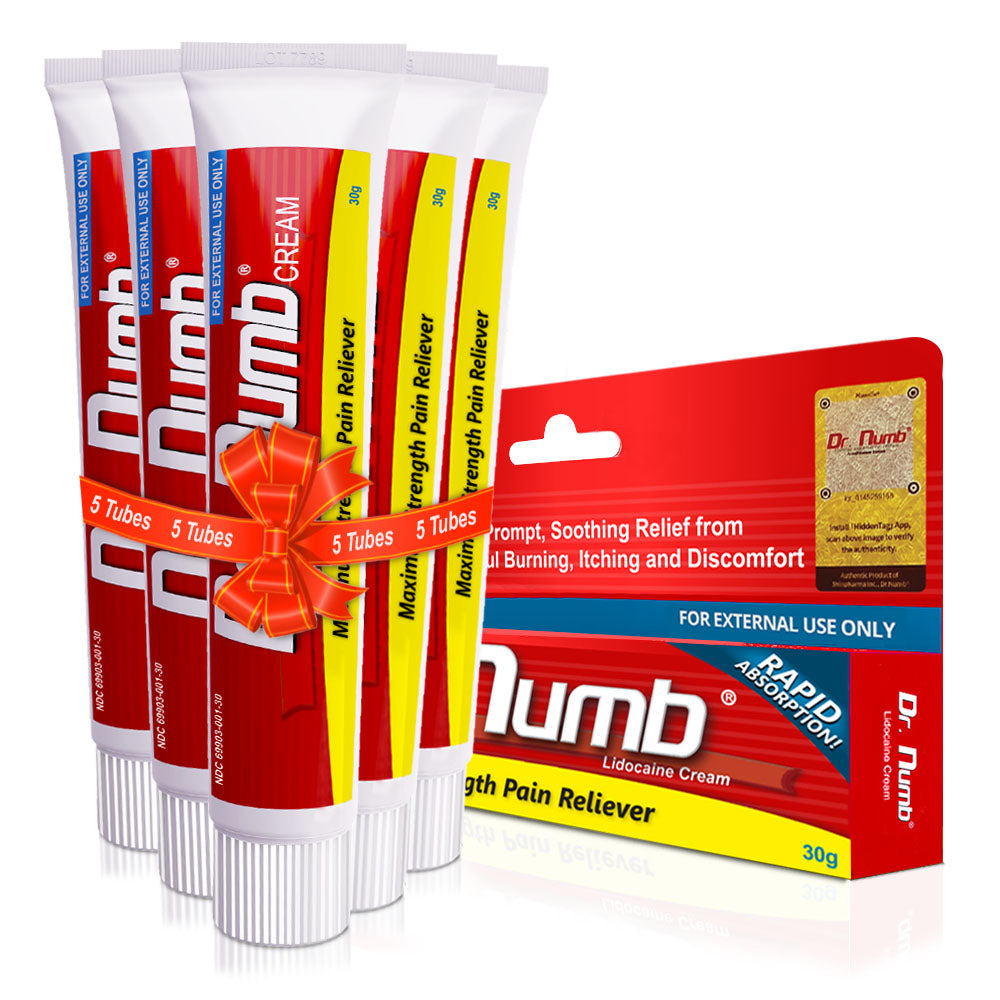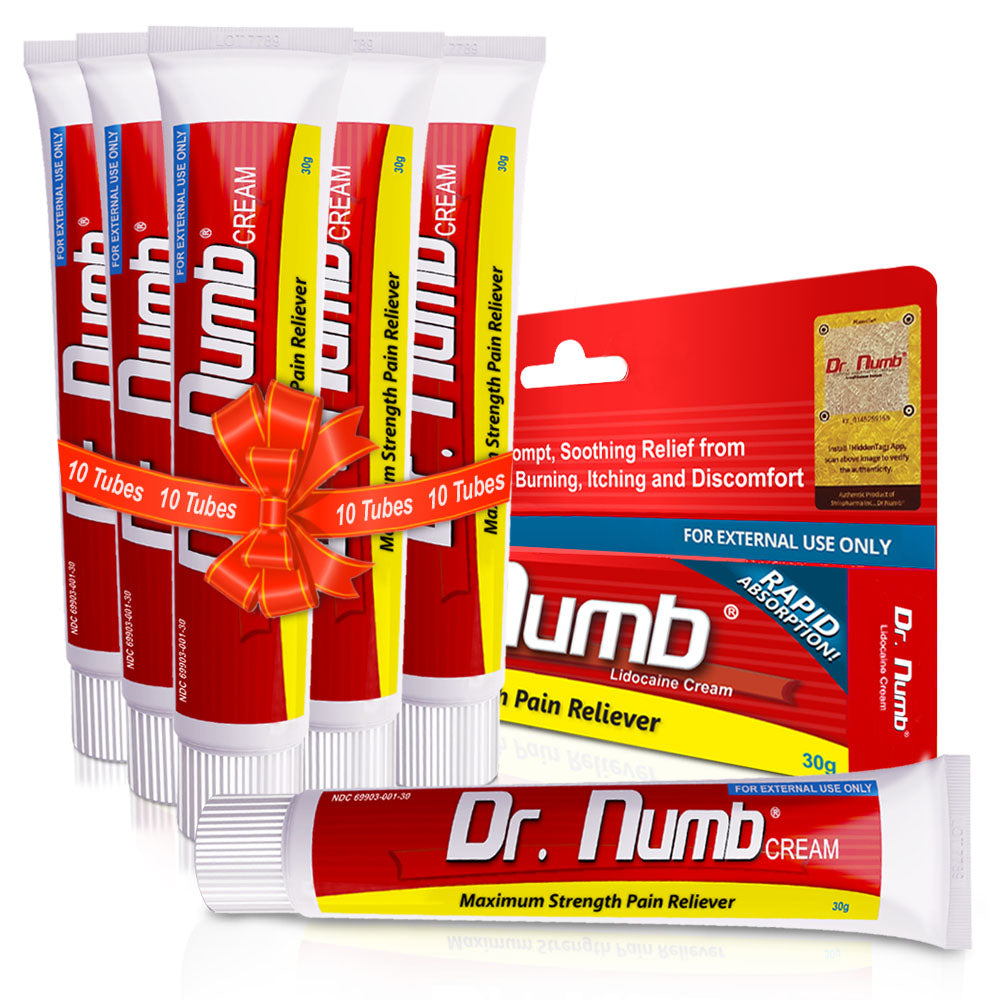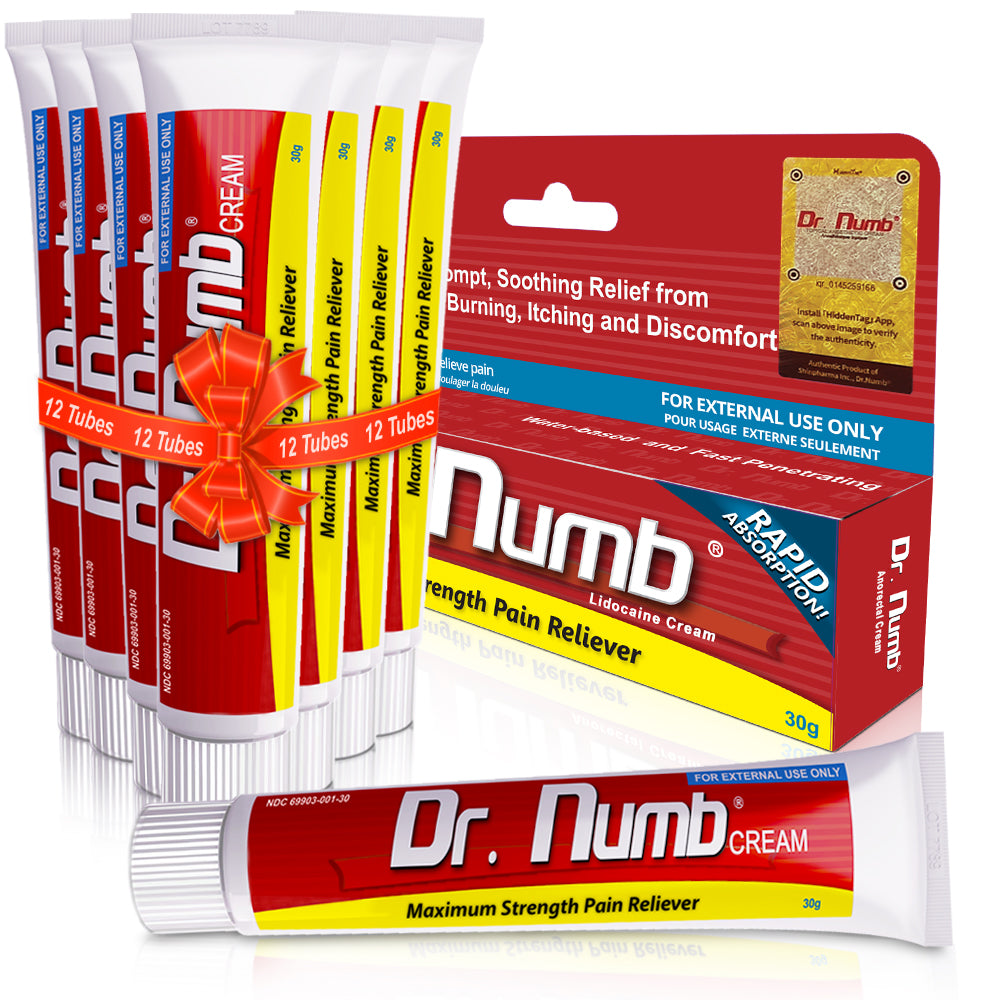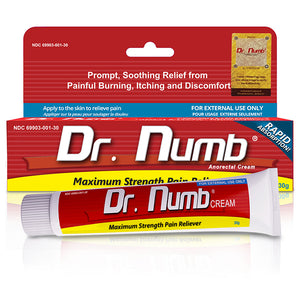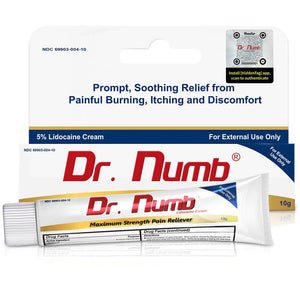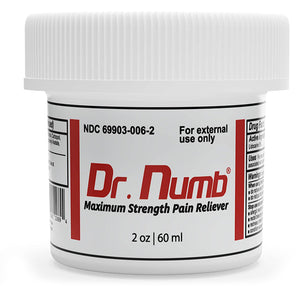Hemorrhoids can bleed during bowel movements when they're irritated or damaged. Straining during bowel movements can cause significant pain, especially if you have prolapsed or thrombosed hemorrhoids. Open wounds from hemorrhoids can get infected.
Eat a tablespoon of mineral oil with applesauce or yogurt for breakfast or lunch. "It allows the stool to slide by more efficiently, but don't take it for an extended period. Eat more fiber and drink more water. Get 25 to 30 grams of fiber daily from fiber-rich foods (such as whole grains, fruits, vegetables, and beans).
In this post, we'll be explaining how to poop comfortably with a hemorrhoid, incorporating a dietary shift like increasing fiber and vegetable intake, maintaining good bowel routine, to exploring various treatments available over the counter.
Key Takeaways:
- Pooping with hemorrhoids can be painful because of the pressure exerted on swollen, inflamed veins in the anal region during bowel movements. Hemorrhoid sufferers can manage their condition and ease pain by adopting a healthy lifestyle that includes dietary modifications and proper hygiene practices.
- Consuming a high-fiber diet, including lentils, oats, and whole wheat products, can soften stools and reduce the chances of constipation, a common cause of hemorrhoids. Drinking plenty of water is crucial, as hydration helps fiber to function properly in the digestive system and eases bowel movements.
- Maintaining good hygiene practices, such as cleaning the anal area after bowel movements and applying cold compresses, can help manage discomfort and reduce inflammation.
- Avoiding straining during bowel movements, reducing time spent on the toilet, and using stool softeners can prevent the aggravation of hemorrhoids. Over-the-counter hemorrhoid creams, sitz baths, and natural wet wipes can alleviate symptoms. After hemorrhoid surgery or banding, following doctors' instructions, preventing straining during bowel movements, keeping the body hydrated, and maintaining a high-fiber diet to speed up healing is essential.
How to Poop with a Hemorrhoid: Comfortably

Hemorrhoid sufferers should adopt a healthy lifestyle that includes the above-mentioned strategies to prevent constipation and alleviate hemorrhoid pain. By following these strategies, pooping comfortably with hemorrhoids is possible for individuals of all ages and genders.
Increase Your Fiber And Vegetable Intake:
Hemorrhoids are painful and caused by constipation, low-fiber diets, and prolonged sitting. Eating more fiber-rich foods like lentils, oats, whole-wheat products, and vegetables like kale, broccoli, and spinach can help manage and prevent hemorrhoids. Drinking plenty of water, good hygiene, and regular exercise are also essential. Don't let hemorrhoids interfere with your life.
Keep Your Colon Healthy And Your Stools Soft By Drinking Water:

Hemorrhoids can cause discomfort, pain, and bleeding during bowel movements. Drinking at least eight glasses of water daily can help produce softer and more manageable stools, which can relieve hemorrhoid discomfort.
A diet high in fiber, fruits, and vegetables can add vitamins, minerals, and hydration to your body, making bowel movements easier and preventing constipation. Hurting hemorrhoid can be comfortably managed by drinking plenty of water and eating a diet rich in fiber, fruits, and vegetables. These tips can help you promote digestive health and alleviate discomfort caused by this condition.
Strain Less and Reduce Time on the Toilet

When stool sits in the rectum for prolonged periods, it can increase pressure on hemorrhoids and make them worse. Piles sufferers can take deep breaths to relax their pelvic floor muscles and avoid straining during bowel movements to reduce strain on their hemorrhoids. Additionally, reducing the time spent in the bathroom can help reduce the risk of hemorrhoid flare-ups.
OTC Hemorrhoid Creams
Over-the-counter hemorrhoid creams can help shrink swollen tissues and reduce itching and pain associated with hemorrhoids. These creams constrict blood vessels in the affected area, reducing inflammation and swelling. Hydrocortisone creams, witch hazel creams, pramoxine creams, and lidocaine creams are common hemorrhoid creams.
Stool Softeners:
Stool softeners draw water into the stool, making it softer and easier to pass. For people with Piles, it can help reduce the strain and pressure associated with bowel movements. Common types of stool softeners include docusate sodium and polyethylene glycol.
Sitz Baths:

A sitz bath involves sitting in warm water for 15-20 minutes. Blood flow can reduce inflammation and irritation associated with hurting hemorrhoids. People can use a sitz bath basin or bathtub to take a sitz bath. Adding Epsom salts or baking soda to the water can enhance the therapeutic benefits.
Natural Wet Wipes:
Traditional toilet paper can be abrasive and irritating for people with hemorrhoids. Using natural wet wipes can reduce irritation and promote healing. Common types of natural wet wipes include those made with aloe vera, witch hazel, and chamomile. Look for fragrances that are fragrance-free and contain no harsh chemicals or preservatives.
Pooping With a Hemorrhoid: Factors to Keep in Mind
Pooping with hemorrhoids requires gentle care and attention. Take steps to keep the affected area clean, avoid straining, adjust your diet, and consult with your doctor. By following these tips, you can alleviate symptoms and promote healing.
Hemorrhoid Bleeding When Pooping:

Hemorrhoids are swollen veins in the anal area that can cause discomfort and bleeding, especially during bowel movements. When the stool passes through the rectum, it presses against the hemorrhoid, causing it to rupture and bleed.
Maintaining a clean and dry anal area is essential to prevent bleeding. Moisture and friction can aggravate hemorrhoids. One should rinse the area with warm water and wash it gently with soap and a soft cloth. Using moist wipes instead of dry toilet paper can also reduce irritation and bleeding.
Hemorrhoid Bleeding when Pooping:

Hemorrhoids are swollen veins in the anal area that can cause discomfort and bleeding, especially during bowel movements. When the stool passes through the rectum, it presses against the hemorrhoid, causing it to rupture and bleed.
Maintaining a clean and dry anal area is essential to prevent bleeding. Moisture and friction can aggravate hemorrhoids. One should rinse the area with warm water and wash it gently with soap and a soft cloth. Using moist wipes instead of dry toilet paper can also reduce irritation and bleeding.
Hemorrhoid Burst while Pooping:
When a hemorrhoid bursts, it may cause acute pain and bleeding, which can be alarming. Keep the area clean and apply a cold compress to reduce swelling and soothe the pain. Drink plenty of fluids to soften the stool to avoid bursting. Applying a topical medication or a suppository can also help prevent further hemorrhoid bursts.
Hemorrhoid Comes out when Pooping:
Hemorrhoids can protrude during bowel movements due to the pressure on the anal area. A prolapsed hemorrhoid can be painful and uncomfortable, and it is essential to push it back gently into the anal opening. A lubricant like petroleum jelly can ease the process and prevent further irritation. Hemorrhoids that cannot be pushed back should be treated by a physician as soon as possible.

Hemorrhoid Pain After Pooping:
Hemorrhoids can cause pain after pooping, especially if they are swollen or inflamed. Drink plenty of fluids to keep the stool soft when managing hemorrhoid pain. Applying a topical medication, such as a cream or a suppository, can also help reduce the pain and inflammation. A sitz bath, which involves soaking the anal area in warm water, can also relieve and reduce discomfort.
Hemorrhoid Poop Stuck:

Struggling with hemorrhoids can make going to the bathroom an uncomfortable experience. It's common to experience difficulty passing stools or finding stool stuck due to inflammation.
One effective method is the "hemorrhoid poop stuck" technique, which involves a few simple steps:
- Sit on the toilet for as long as you need without straining or applying undue pressure. This can help prevent further irritation of the hemorrhoids while allowing for complete bowel movements.
- After bowel movements, clean the anal area with warm water and mild soap.
- Ensure you are physically active daily to prevent additional strain on your anal veins.
By being mindful of your posture and hygiene practices, you can alleviate the discomfort of hemorrhoids and enjoy better bowel health. Try the "hemorrhoid poop stuck" technique and see the difference it can make.
How To Ease Hemorrhoid Pain After Pooping:

To ease hemorrhoid pain, relax during bowel movements, stay hydrated, and eat a high-fiber diet. Consider taking a stool softener or fiber supplement. Topical treatments like witch hazel, sitz baths, and hydrocortisone creams can help.
Practice good hygiene by cleaning gently with water and soap, and avoiding harsh wipes or toilet paper. With these tips, you can relieve hemorrhoid pain and feel comfortable again.
After Hemorrhoid Surgery:
To avoid further damage and discomfort following hemorrhoid surgery, follow these tips. Ignoring these tips can cause pain and even lead to complications, which can delay healing. Consulting a doctor can provide additional advice and assistance in managing your condition. So, always take care and be cautious while dealing with this condition.
Pooping After Hemorrhoid Surgery:
Following the doctor's instructions carefully after hemorrhoid surgery is essential. Following surgery, one may experience some discomfort and pain when pooping. To ease the process, one should drink plenty of fluids and eat a fiber-rich diet to promote regular bowel movements. Taking short walks and avoiding sitting for long periods can also help speed up recovery.

Pain when Pooping After Hemorrhoid Surgery
Pain can persist after hemorrhoid surgery, especially during bowel movements, and it is essential to manage it properly. One can use pain-relieving medications, such as acetaminophen or ibuprofen, to reduce the discomfort. Applying a topical medication, such as lidocaine, can also help numb the area and reduce pain. Stool softeners can be useful in preventing further irritation during bowel movements.
Pooping after Hemorrhoid Banding:
Hemorrhoid banding is a non-surgical procedure involving placing a tight band around hemorrhoid to cut off the blood supply. After banding, one may experience discomfort, pain while pooping, and bleeding. During bowel movements, avoid straining and follow your doctor's instructions carefully to prevent further complications.
Drinking plenty of fluids and a fiber-rich diet can also help promote regular bowel movements and speed up healing. It is crucial to promptly report any unusual symptoms or complications to the physician promptly.
Conclusion:
Pooping with hemorrhoids can be a real pain, but with the right strategies, it doesn't have to be. Increasing your fiber intake, staying hydrated, and using stool softeners can make bathroom trips more comfortable and alleviate the uncomfortable symptoms of hemorrhoids.
However, if you're experiencing severe or persistent symptoms, seeking medical attention is imperative for proper diagnosis and treatment. In the end, taking care of yourself and prioritizing comfort when managing hemorrhoids is crucial for maintaining a healthy and happy lifestyle.
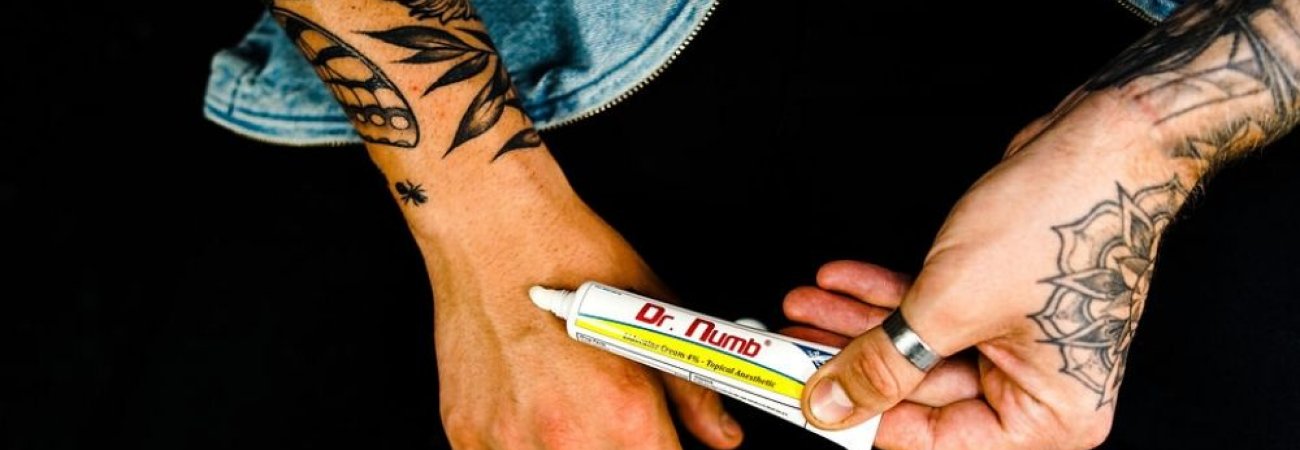
![Methods of Pooping with Hemorrhoids [Less Painful]](http://drnumb.com/cdn/shop/articles/How_to_poop_with_hemorrhoid_7_Methods_Less_Painful.jpg?v=1701663866&width=1100)
